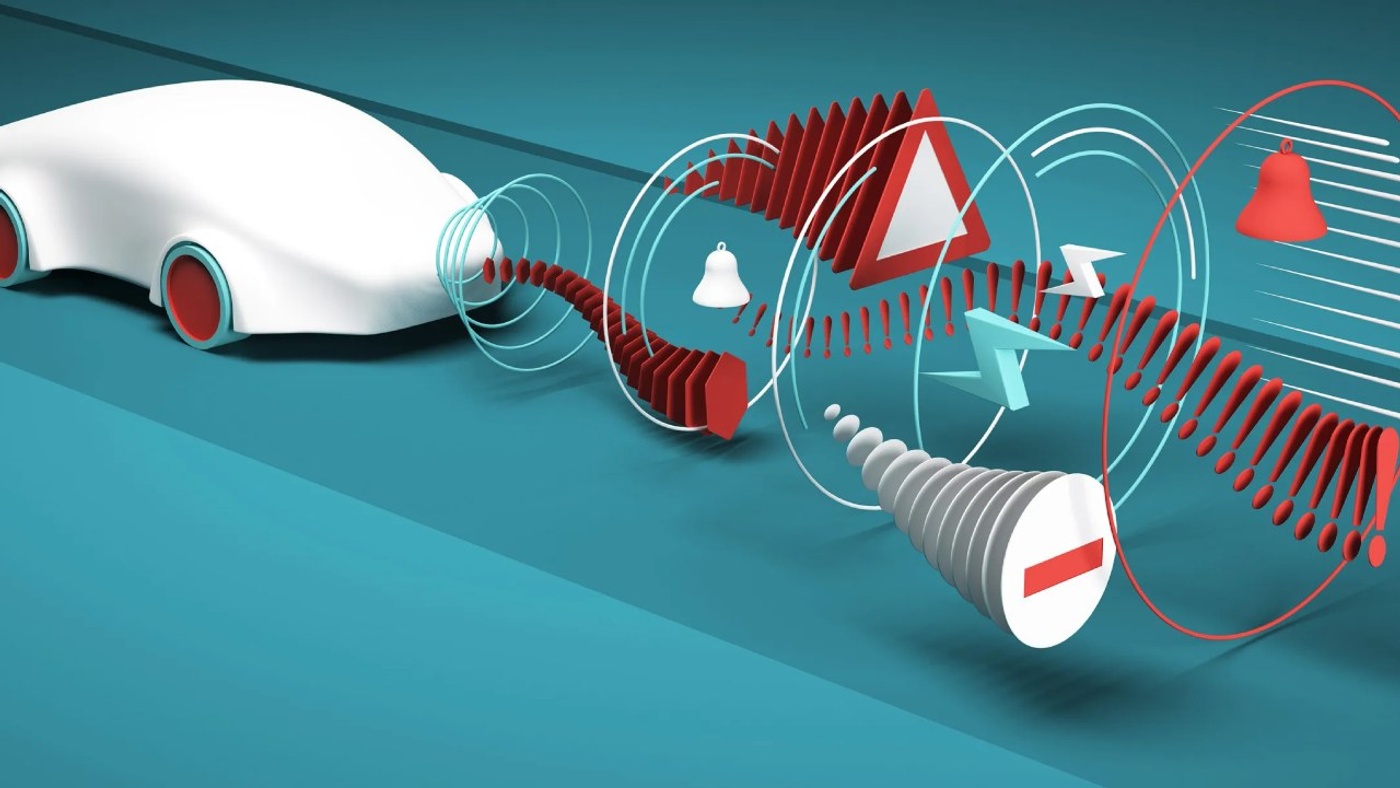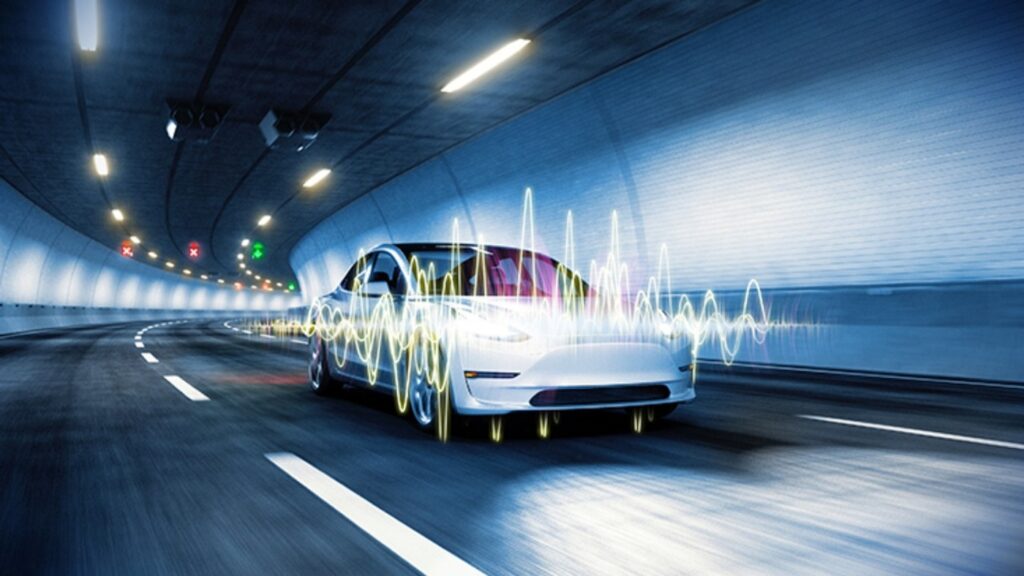Electric vehicles have a different sound characteristic compared to internal combustion engines. The sounds produced by these vehicles are not just mechanical hums, but are also considered indicators of power and performance. The single-speed transmissions used in electric vehicles show that there is a direct relationship between the produced sound and speed. Additionally, these sounds include auditory cues that not only serve as directional signals but also enhance the awareness of the driver and those around them.
The motor roar of electric vehicles is characterized by a much smoother tone compared to the sounds emitted by traditional gasoline engines. This is due to electric motors not producing any combustion roar, significantly reducing overall noise levels. However, the monotony of these sounds can sometimes be seen as a disadvantage because the decrease in sound during acceleration may cause drivers to feel a lack of feedback in their driving experience.
The Role of Engineers in the Sound Design of Electric Vehicles

Electric vehicle engineers design various artificial sounds to address this deficiency. These artificial sounds aim to enhance the safety of pedestrians and cyclists, especially in public areas. Electric vehicles are nearly silent at low speeds, which necessitates the production of distinctive sounds to warn those around them of their approach. These warning sounds function as a safety measure against ambient noise that could mask the approach of a silent electric vehicle.
Finally, the sounds in electric vehicles not only provide functional feedback to the drivers but also aim to evoke a sense of connection between the vehicle and the driver. This is achieved through a combination of acceleration tones, deceleration murmurs, and motor braking simulations.


